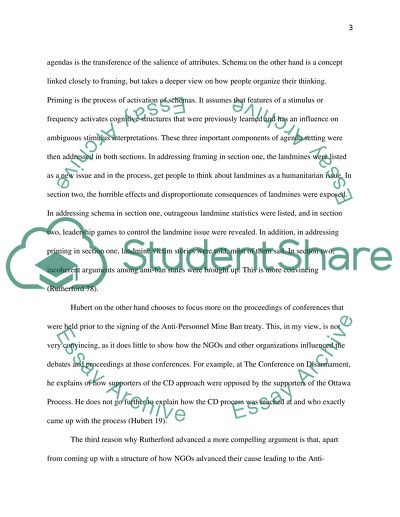Cite this document
(“Arms, Mines, and Use of Explosive Force Research Paper”, n.d.)
Arms, Mines, and Use of Explosive Force Research Paper. Retrieved from https://studentshare.org/history/1444291-arms-mines-and-use-of-explosive-force
Arms, Mines, and Use of Explosive Force Research Paper. Retrieved from https://studentshare.org/history/1444291-arms-mines-and-use-of-explosive-force
(Arms, Mines, and Use of Explosive Force Research Paper)
Arms, Mines, and Use of Explosive Force Research Paper. https://studentshare.org/history/1444291-arms-mines-and-use-of-explosive-force.
Arms, Mines, and Use of Explosive Force Research Paper. https://studentshare.org/history/1444291-arms-mines-and-use-of-explosive-force.
“Arms, Mines, and Use of Explosive Force Research Paper”, n.d. https://studentshare.org/history/1444291-arms-mines-and-use-of-explosive-force.


